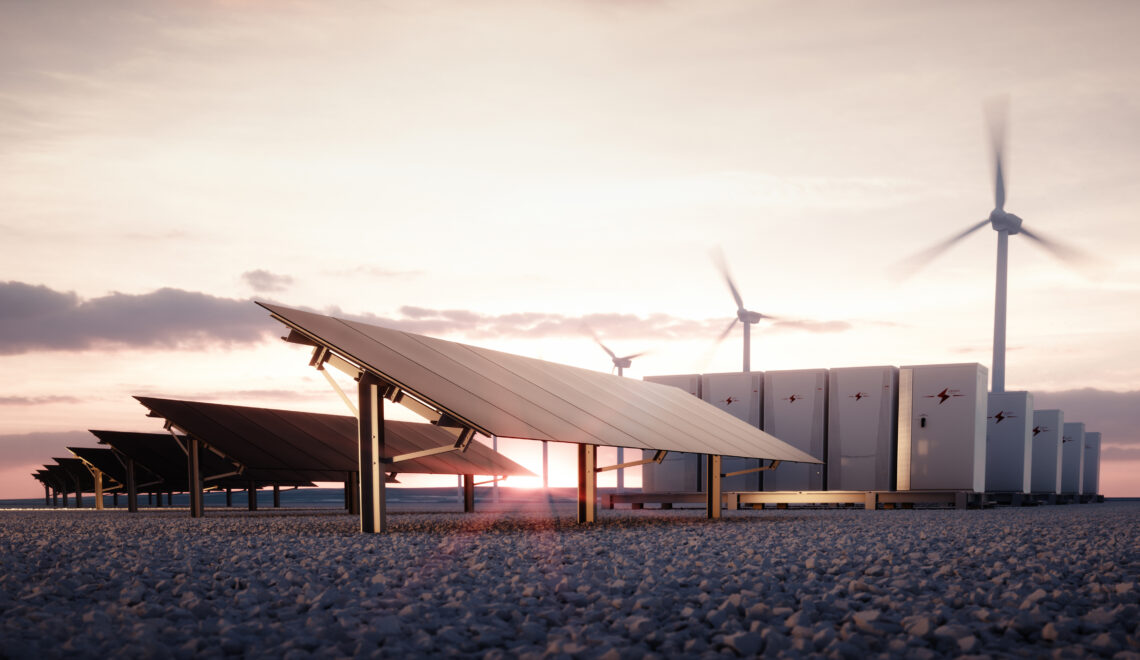Renewable energy comes from natural resources, and their replenishment rate is higher than its consumption rate. Wind and sunlight are some examples of renewable sources that we constantly use. As we move from using non-renewable fossil sources like coal to renewable sources, the question is: where can we get our energy from when there is no wind or sunshine?
One way is using solar panels to store excess energy during sunny days and then using them when necessary. Contact a professional if you’re looking for solar installation in Tampa. As the need for reliable sources of renewable energy grows, so does the need for efficient storage.
Why Store Energy?
Energy storage is a key to mitigating climate change. Globally, we only store about 3% of our power capacity. To reduce global warming to under 2°C, we need to triple our energy storage capacity by 2050. This need for tripling storage demands innovative ways of speeding up the storage process. Energy storage as a service might be a solution. Energy storage allows for energy use in practical ways, reducing carbon emissions. For more people to use energy storage, it has to become more accessible and cost-efficient.
Let’s explore some of the leading energy storage technologies for renewable energy in the future.
Compressed Air Energy Storage
Compressed Air Energy Storage (CAES) is an electricity storage that requires the temporary storage of sir under a lot of pressure in caverns or underground tanks. The compressed air is then released into a turbine at intervals when there is a power demand on the grid. CAES systems allow the use of existing power and only reduce the workload during peak hours without requiring new plants. This allows the existing infrastructure to attain operational efficiency with no additional costs.
Pumped Hydroelectric Storage
One of the most common energy storage forms is pumped hydroelectric storage or PHS. This storage form involves the storage of excess electricity produced from renewable sources. PHS involves lifting water reservoirs to higher elevations. The release of the water downhill towards pools at lower elevations powers a turbine that produces electricity. It’s an affordable and efficient way of storing electrical capacity during peak electricity demand periods.
Lithium-ion Batteries
Batteries have been in use since the 19th century. They convert stored chemical energy into usable electrical energy. Falling prices and technological advances have led to grid-scale facilities that store massive energy.
Lead-acid batteries store excess electricity with their superb density-to-weight ratios. These batteries are easy to maintain and consist of positive and negative electrodes. The positive electrode consists of lead oxide and the negative electrode pure lead. In an application or removal of an electric charge, the electrodes react and pass off an electrolyte. This process results in energy storage or release. They have a shorter life span, which makes lithium-ion batteries the go-to solution.
Lithium-ion batteries provide stationary energy storage by offering high energy density. The batteries can provide massive amounts of energy in a small space. They have a better life span than lead-acid batteries, making them more cost-effective. They have a high operating temperature range, allowing for more flexibility in design when incorporating the stored energy into existing or new systems.
Flow Batteries
Flow batteries, also known as redox flow batteries, are electrochemical cells where the chemical energy comes from two chemical components. Liquids that pump through the system but on opposite sides of a membrane have dissolved chemical elements. These batteries have a longer life cycle than lithium-ion batteries and a capacity for unlimited energy.
Thermal Energy Storage
Thermal energy storage is useful in industrial and building processes. The process involves storing excess energy from renewable sources that are later used for power generation, cooling, or heating. Liquids like water or solids like rocks or sand can store thermal energy.
Changes in materials or chemical reactions can also store and release thermal energy. Water tanks found in buildings are a simple example of a thermal energy storage system.
Mechanical Energy Storage
Mechanical energy storage uses gravity or motion to store electricity. For instance, a flywheel, a rotating motorized wheel, stores rotational energy you can instantly harness. Other forms of energy storage depend on chemical reactions, but flywheel technology uses rotor blades operating inside a vacuum. Flywheels have a faster response rate than a traditional battery bank and suffer no degradation with time. A residence cannot use a flywheel to store energy as they consume a lot of space.
Technology is advancing at a break-neck speed. This advancement gives us more energy storage options than we did a decade ago. The future of renewable energy storage is bright, and energy storage as a service will make it easier to access stored energy.
